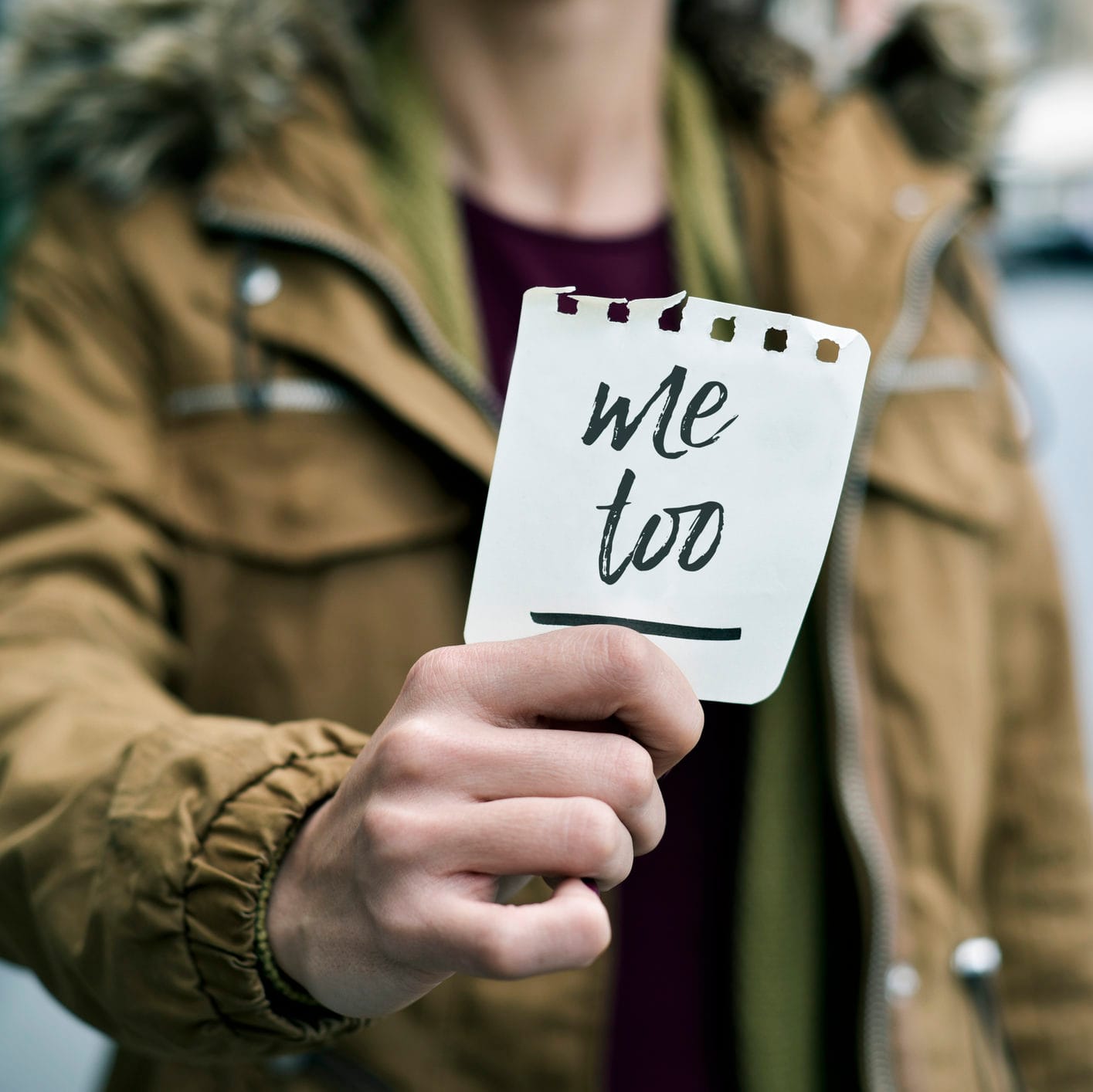#MeToo: How far has society come and where to next?
🔗 [SYSTEM UPDATE] Link found. Timestamp incremented on 2025-11-26 13:55:13.A year and wave after wave of allegations later, where is the #MeToo movement at? How has the activism played out in different contexts? Reporter CAROLINE TUNG attended the opening night panel talk presented at Monash...


By CAROLINE TUNG
“How do you have a situation where a white man has the level of outrage Kavanaugh had, and still have at the same time, women who have been beaten in their own homes, raped, sexually assaulted, sexually harassed, who are essentially quietly seething?”
The case of Kavanaugh vs Ford in the United States has divided many.
Against the backdrop of political debate surrounding Brett Kavanaugh’s pending appointment to the US Supreme Court, a panel of Australian and Chinese women leaders and educators came together to discuss where the #MeToo movement has taken the fight against sexual harassment.
NOW Australia founding board member Katherine Teh-White, Hong Kong Lingnan University cultural studies academic Denise Tang and Victoria Legal Aid anti-discrimination lawyer Kamna Muddagouni highlighted the role of #MeToo in bringing about accountability and social change.
Ms Teh-White, whose NOW Australia group is dedicated to ending systematic and industrial sexual harassment, said tackling the problem involved addressing a value-based gap.
“There are one set of beliefs and expectations that allows a group of people to jump up and scream and be heard when the level of impact on them is minor,” Ms Teh-White said.
“On the other, you have an enormous degree of impact and an entire half of our population, and those that support us, and yet the level of concern hasn’t been nearly as great.”
Ms Teh-White, who is also managing director of Melbourne-based social licence consultancy firm Futureye, explained the progression of the #MeToo movement through a WikiCurve.
The social maturation curve maps out how society’s attitudes towards certain topics evolve over time.
Each issue is analysed through six stages: observation, emergence, popularisation, challenge, governance and normalisation.
“What we are going through is a process of transition (with the #MeToo movement),” Ms Teh-White said.
She said values “need to mature” before they evolve to become a social norm, and drew an analogy between sexual harassment and slavery.
“Think about if you try to stand up today and justify slavery based on cheaper clothes,” Ms Teh-White said.
“No-one would say ‘yeah that’s a great reason’, give me an economic justification for slavery because there’s a norm and the norms says that slavery is unacceptable.”
Ms Muddagouni said political culture and power systems that failed to address sexual harassment contributed to the broader problem.
“There continues to be an underlying culture in Australia where sexual harassment is pervasive, it’s wide ranging and occurs at all levels,” she said.
Dr Tang, a cultural studies academic, has taught young people about gender and sexuality in Hong Kong and Taiwan.
“In some ways, I don’t think you can stop the spread of the #MeToo moment in China,” she said.
“There’s so many, so many cases that it’s even hard to kind of catch up on social media on these issues right now.”
She said women who had studied overseas and returned to Mainland China would face great consequences for starting feminist voices, as it opposed pre-existing ideas of gender roles.
“You’re really fighting against the state,” Dr Tang said.
“In that sense, the idea of obedience and filial piety runs really strongly in the Chinese context, and the Regime runs very much like this as well.”
Dr Tang said feminism is framed by the Beijing Government as a Western way of “infiltrating Chinese women’s minds” with “western hostile forces”, and is also considered anti-Confucian.
“We are also talking about fighting against institutional tolerance and encouragement of sexual harassment,” she said.





